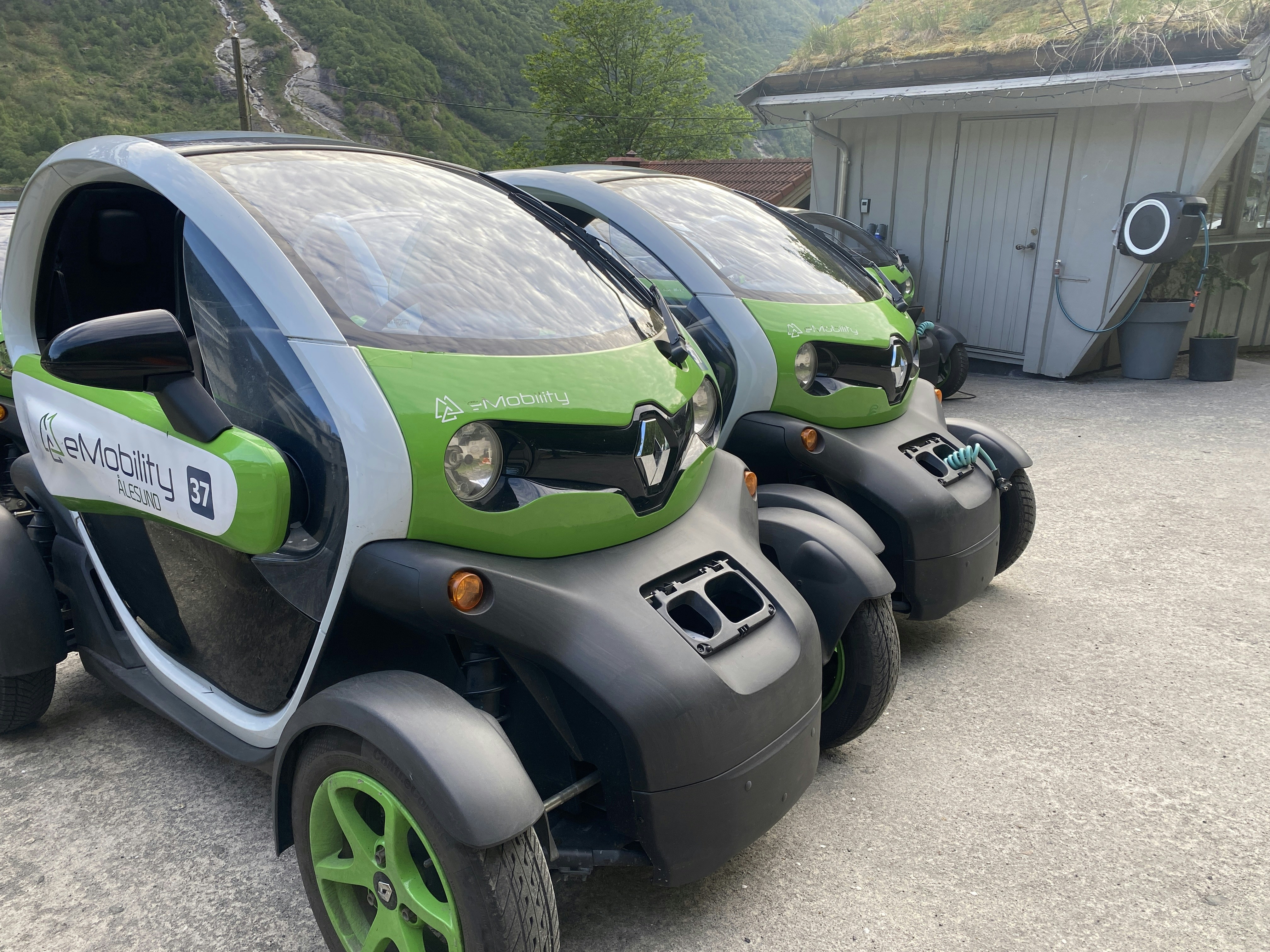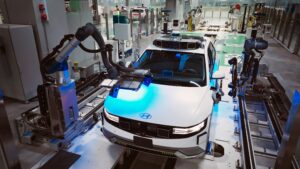
The Evolution of Electric Cars and Hybrids
The journey of electric vehicles (EVs) and hybrids can be traced back to the late 19th century, a time when the principle of electric propulsion was first explored. Initially, electric cars gained popularity due to their low emissions and ease of use, particularly in urban environments. However, the rise of gasoline-powered vehicles, with their prolonged range and superior speed, significantly hindered the growth of electric cars. By the mid-20th century, the development of battery technology became a crucial challenge for EVs, resulting in limited range and performance.
Conversely, hybrid vehicles emerged as a promising solution that combined the best aspects of both electric and gasoline engines. The first widespread hybrid, the Toyota Prius, launched in 1997, pioneered this segment and offered consumers a compelling answer to the demand for an environmentally friendly vehicle without compromising on range. This was a pivotal moment in the automotive industry, showcasing that a hybrid could significantly reduce fuel consumption while still retaining the convenience of a traditional engine.
Technological advancements over the years have greatly impacted the evolution of electric cars and hybrids. Battery innovations, particularly lithium-ion technology, have allowed electric vehicles to achieve greater energy density and perfornance, leading to an increased range and shorter charging times. As infrastructure for charging stations expanded and public perception shifted towards sustainability, electric cars began to gain acceptance among consumers.
Government policies and incentives have also played a vital role in fostering the growth of these vehicles. Many countries have introduced rebates and tax credits for electric car buyers, as well as stricter emissions regulations for combustion engine vehicles. Key milestones in this evolution reflect a broader commitment to reducing carbon footprints, illustrating how the automotive industry is adapting to meet not only consumer needs but also global environmental goals.
Environmental Impact and Sustainabikity
The environmental impact of vehicles is a crucial factor in determining their sustainability, especially when comparing electric cars and hybrids. Both types of vehicles have unique attributes that contribute to their overall ecological footprint. Electric cars, which operate solely on electricity, generally produce zero tailpipe emissions during their use. However, their lifecycle emissions—including manufacturing, operation, and disposal—are influenced significantly by the source of electricity. When electric vehicles (EVs) are powered by renewable energy sources such as wind or solar, their carbon footprint is greatly reduced, enhancing their sustainability. In contrast, hybrids combine an internal combustion engine with an electric motor, leading to lower fuel consumption and emissions than traditional gasoline vehicles.
Furthermore, the production and recycling of batteries play a pivotal role in the environmental assessment of both vehicles. Electric cars rely heavily on lithium-ion batteries, whose production emits greenhouse gases. This contributes to the overall lifecycle emissions, which consumers must consider. Comparing this with hybrid vehicles, the battery systems are generally smaller, yet they still contribute to the manufacturing footprint. Recycling programs are increasingly being implemented for both vehicle types. Effective recycling can mitigate some of the environmental impact by recovering valuable materials and reducing waste.
Consumer perceptions of eco-friendliness significantly influence market trends regarding electric cars and hybrids. Many potential buyers prioritize sustainability, often swayed by a vehicle’s environmental credentials. Generally, electric cars enjoy a reputation as the greener option; however, hybrids also serve as an attractive entry point for consumerstransitioning from traditional vehicles. This perception can impact future sales and the development of innovative technologies aimed at improving the sustainability of both vehicle types.
Market Trends and Economic Viability
The automotive market is experiencing a significant transformation, particularly with the increasing adoption of electric cars and hybrids. Recent sales trends indicate a pronounced shift towards electrification, as consumers become more environmentally conscious and seek alternatives to traditional gasoline vehicles. According to industry reports, global sales of electric vehicles (EVs) surged by approximately 30% in the past year, while hybrid vehicle sales also remained robust, showcasing a growing preference for these eco-friendly options.
Consumer preferences are increasingly steering towards vehicles that offer sustainability alongside efficiency. Factors such as total cost of ownership (TCO) are critical, as many potential buyers consider long-term savings against the initial purchase price. Elecric cars, despite having a higher upfront cost compared to hybrids, often result in lower operating expenses due to reduced fuel costs and minimal routine maintenance. Additionally, many governments around the world have implemented incentives to promote the adoption of electric and hybrid vehicles, which further enhances their economic viability.
Market forecasts suggest that the competition between traditional automakers and emerging brands will intensify as more players enter the electric vehicle domain. Established manufacturers are ramping up their electric car inventories, while new entrants focus on innovative technologies and sustainable practices. This growing competition is expected to drive down prices, making electric vehicles and hybrids more accessible to a broader audience.
Ultimately, the prospects for electric cars and hybrids appear to be promising. As awareness around climate change grows and technological advancements pave the way for improved battery life and charging infrastructure, both categories are likely to see continued growth. These developments will significantly influence not only consumer choice but also the overall direction of the automotive industry in the coming years.
Future Outlook: Innovations and Challenges Ahead
The automotive industry is on the cusp of revolutionary changes influenced by technological advancements and evolving consumer preferences. Electric cars and hybrid vehicles are at the forefront of this evolution, primarily driven by innovations in battery technology, autonomous driving, and the development of robust charging infrastructures. As battery technology continues to improve, we can expect not only increases in range and efficiency but also reductions in costs, making electric cars more accessible to the average consumer. The ongoing exploration of alternative materials and solid-state batteries holds promise for the enhancement of energy density and safety in electric vehicles (EVs).
Moreover, the integration of autonomous driving features is set to redefine the driving experience in both electric and hybrid cars. Manufacurers are actively collaborating with tech companies to refine self-driving technology, which could play a pivotal role in enticing more consumers toward these innovations. This shift is accompanied by expanding charging networks that aim to alleviate range anxiety, a significant concern for potential buyers of electric vehicles. Enhanced charging stations and fast-charging capabilities will contribute to making electric cars a more practical choice for a larger audience.
However, the road ahead is not devoid of challenges. Regulatory hurdles continue to present obstacles, particularly around safety standards and emissions regulations. Additionally, market acceptance remains crucial; consumers must be convinced of the reliability and practicality of electric cars and hybrids amidst the rising competition from alternative fuels such as hydrogen. The perception of electric and hybrid vehicles, alongside their ability to meet energy and environmental needs, will play a significant role in shaping the market landscape.
In conclusion, while electric cars and hybrids exhibit significant potential for growth driven by technological advancements, the future will likely depend on how well manufactuers navigate the challenges ahead, influencing market dynamics over the next decade.




